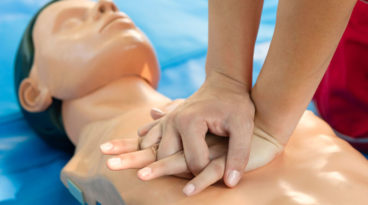
Florida Family Pushes for Mandatory CPR Training in Schools
![]()
Imagine what it would be like if everyone had basic cardiopulmonary resuscitation (CPR) training and knew how to use automated external defibrillator (AED).
Read moreOur West Palm Beach campus is proud to announce that its Associate Degree in Nursing program has been granted initial accreditation from ACEN.

![]()
Imagine what it would be like if everyone had basic cardiopulmonary resuscitation (CPR) training and knew how to use automated external defibrillator (AED).
Read more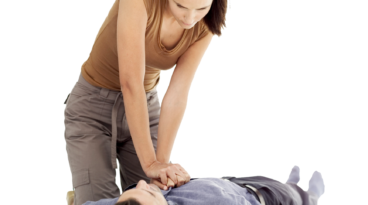
![]()
One of the fundamental techniques you should learn to work in the health care field is how to perform CPR, or cardiopulmonary resuscitation.
Read more
![]()
Every year during the first week of June (1–7), the American Heart Association reminds us of the importance of learning how to properly and safely administer CPR.
Read more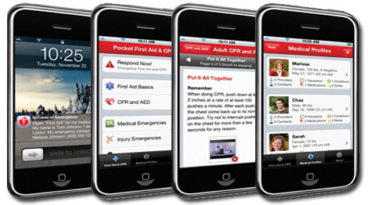
![]()
The American Heart Association has introduced a smartphone application named “Pocket First Aid & CPR” which is updated with all the current information and reference materials that one may need during an emergency.
Read more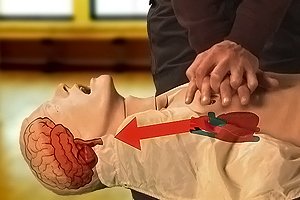
![]()
When we think of CPR, we rarely think of how it all came to be. Here you will find information dating back to 1740 and the history of CPR.
Read more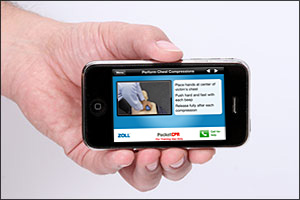
![]()
As our world continues to advance technologically, it’s no surprise that there are apps available for download on your smartphone that have been designed to improve cardiac arrest survival rates.
Read more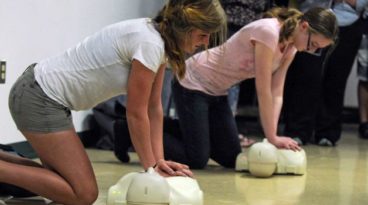
![]()
Four out of five cardiac arrests occur at home, and failure to act in such an emergency can lead to death. The American Heart Association is looking to decrease the chances of death from cardiac arrest by implementing a program called the CPR in Schools Training Kit.
Read more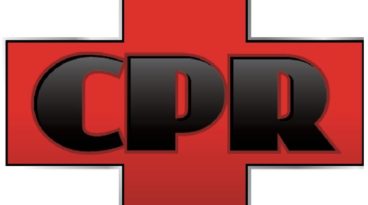
![]()
On June 8, 2015, Mike Brodzinski, a 16-year old from Pennsylvania, was in the middle of a recreation baseball game when he realized that the game’s umpire had collapsed. As a volunteer firefighter, Brodzinski took his training, and put it to use and helped save a life.
Read more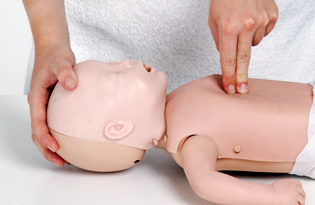
![]()
When it comes to Cardiopulmonary Resuscitation (CPR), it does differ between infants, children, and adults. Choking is the number one cause of unintentional death in infants. It’s important to be prepared on how to administer CPR to an infant in case you are ever in a situation that requires it. Below are the steps for CPR for an infant if he or she is not breathing.
Read more
![]()
With the continuous improvement and training of CPR and first aid techniques, the survival rate of those suffering from sudden cardiac arrest is increasing. Every five years, guidelines on how rescuers should perform first aid and basic life supporting techniques are reviewed and updated.
Read more